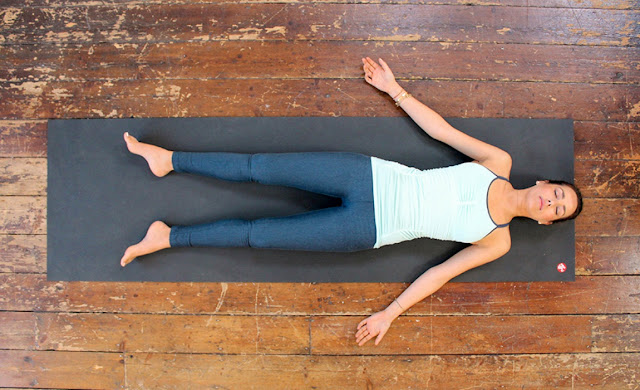Introduction: Heart is a very critical part of Human body. Any problem in this part can lead to very serious health problems including death. Yoga for heart patients is a must do thing.When it comes to heart diseases, it’s essential to approach yoga practice under the guidance of a qualified yoga instructor or healthcare professional who can tailor the practice to your specific needs and limitations. However, here are a few yogasanas (yoga poses) that are generally considered beneficial for heart health:
Tadasana (Mountain Pose):
Vrikshasana (Tree Pose):
This standing balance pose helps strengthen the legs, improve focus, and open the chest. It also encourages deep breathing and concentration.
Setu Bandhasana (Bridge Pose):
Matsyasana (Fish Pose):
Paschimottanasana (Seated Forward Bend):
Ardha Matsyendrasana (Half Spinal Twist):
Savasana (Corpse Pose):
This final relaxation pose is essential for integrating the benefits of the yoga practice. It promotes deep relaxation, reduces stress, and allows the body and mind to rest and rejuvenate.
CONCLUSION:
Remember, these poses are just a starting point, and it’s crucial to practice under the guidance of an experienced yoga teacher who can provide personalized modifications and adaptations. Additionally, incorporating pranayama (breathing exercises) and meditation into your yoga practice can further support heart health by reducing stress, improving oxygenation, and promoting emotional well-being.








